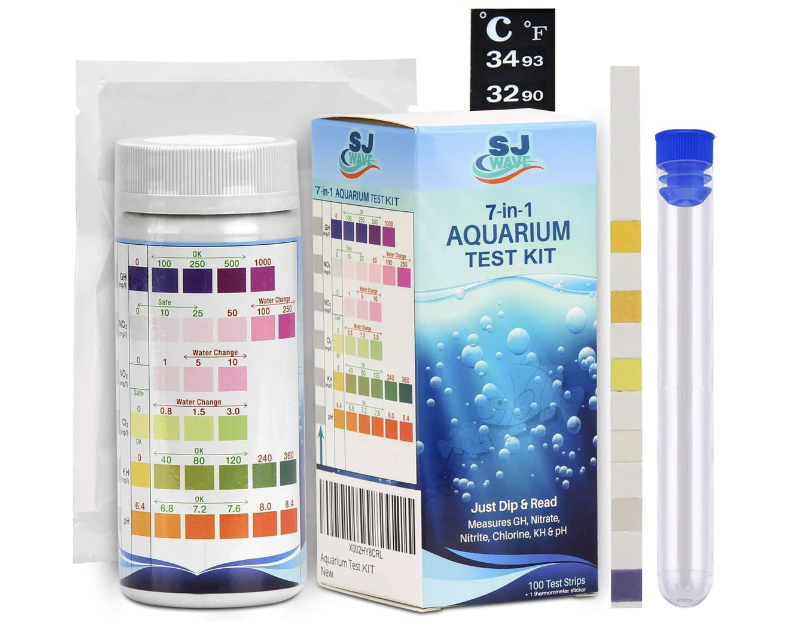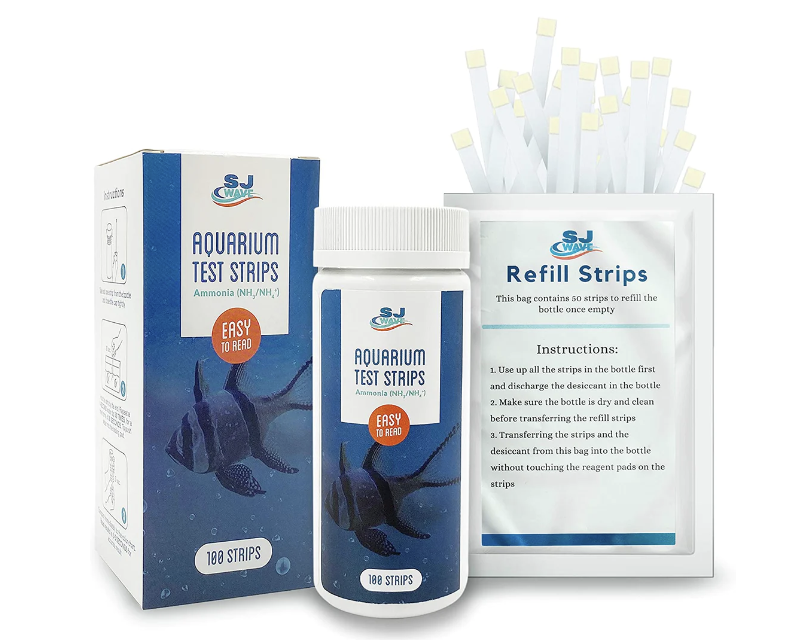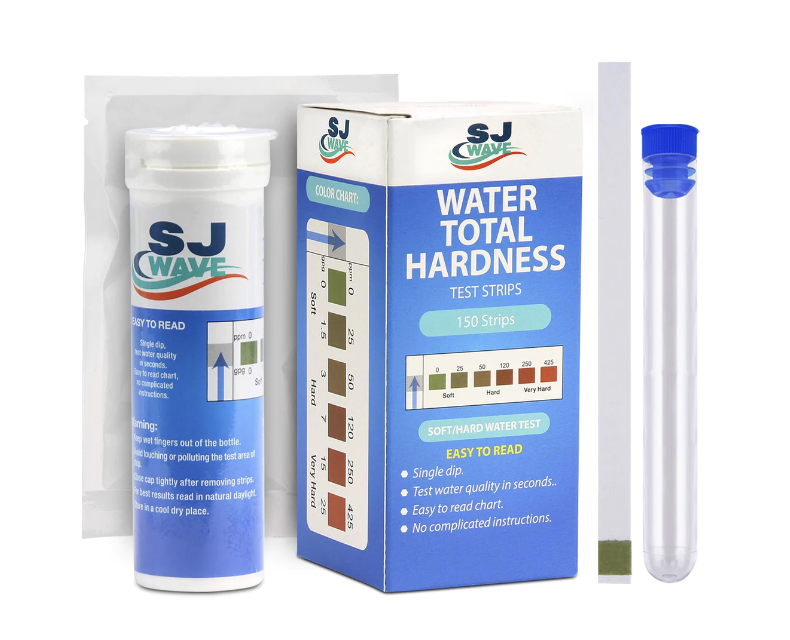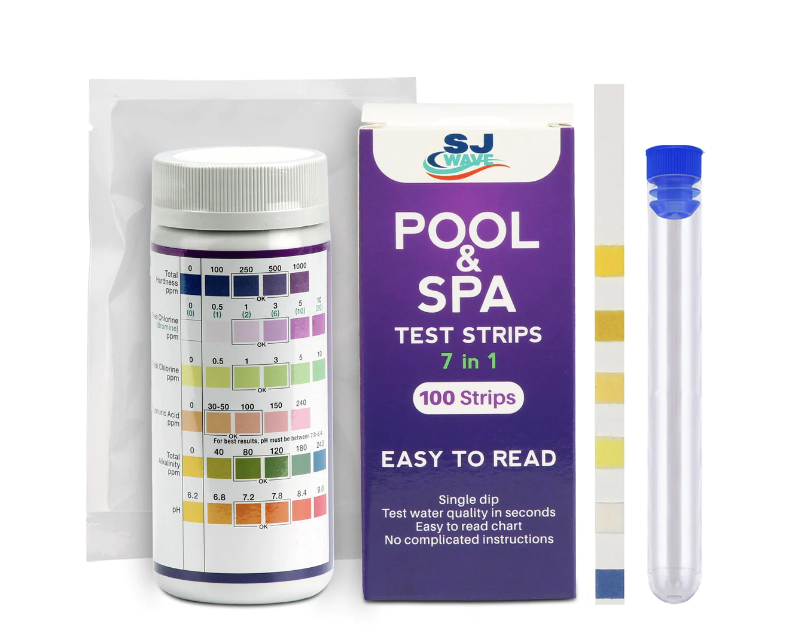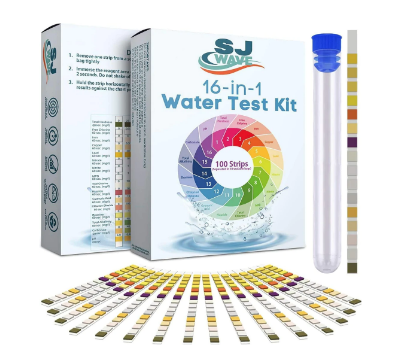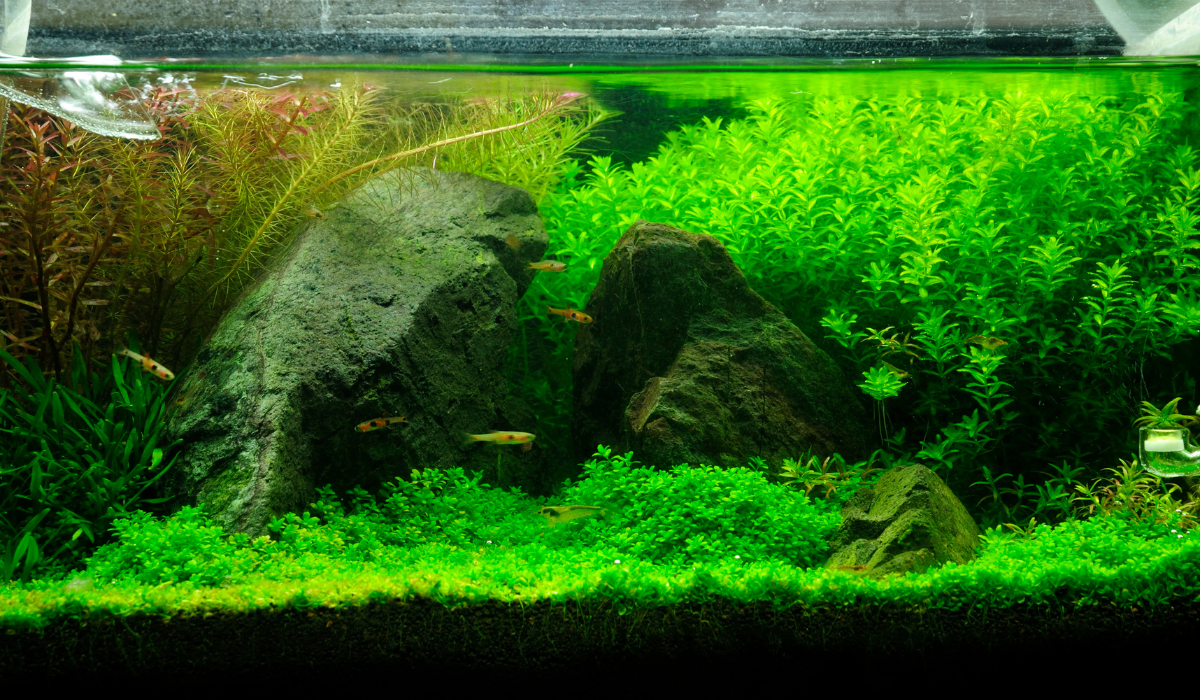
The Beauty of Aquascaping
Aquascaping is an intricate fusion of artistry and science, where aquarists design and sculpt underwater environments reminiscent of natural landscapes like lush forests, tranquil meadows, or rugged mountain ranges. This art form goes beyond simply placing plants and rocks into an aquarium; it involves meticulous planning, creative vision, and an understanding of aquatic ecology. Aquascapers carefully select plant species based on growth habits, color, and texture, arranging them in harmonious compositions to evoke a sense of depth and perspective. Hardscape elements such as rocks and driftwood are strategically positioned to create focal points, define spatial zones, and add a sense of naturalism. Moreover, aquascapers consider the needs of aquatic life, choosing fish and invertebrates that complement the overall aesthetic while contributing to the ecosystem's balance. Aquascaping transcends traditional aquarium keeping, offering enthusiasts a canvas upon which they can express their creativity, appreciation for nature, and passion for aquatic life.
What Are Needed in Aquascaping

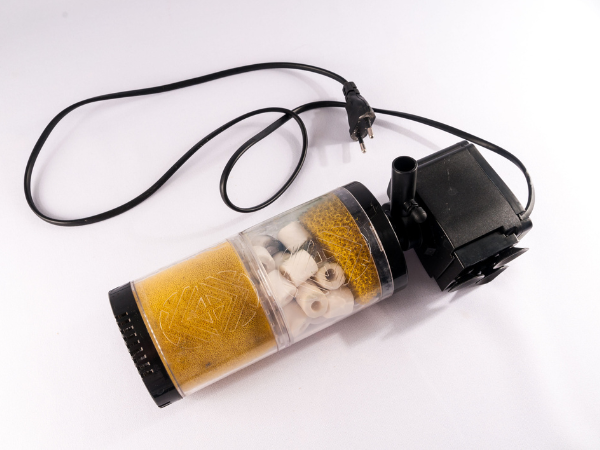
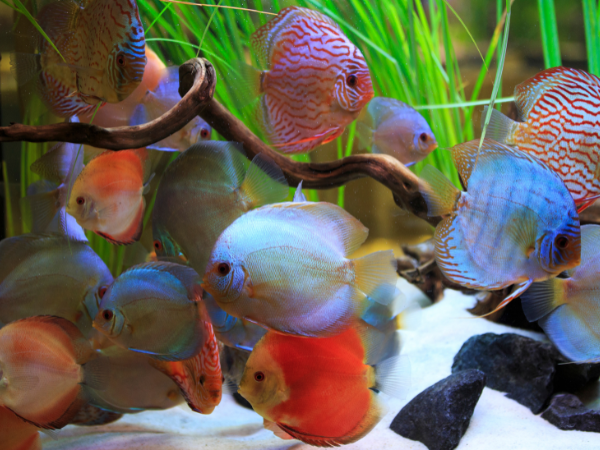
Hardscape Elements
Rocks, driftwood, stones, and other decorative materials serve as thestructural framework of the aquascape. Aquascapers use hardscape elements to create focal points, define spatial zones, and evoke natural landscapes within the aquarium.
Aquatic Life
Fish, shrimp, snails, and other aquatic creatures add movement, color,and interest to the aquascape. Aquascapers carefully select livestock species that are compatible with the plants and each other, ensuring a balanced ecosystem.
Filtration System
A reliable filtration system is essential for maintaining water quality by removing debris, waste, and harmful substances from the aquarium. Filtration options include hang-on-back filters, canister filters, sponge filters, and more, chosen based on the tank size and inhabitants.
Lighting
Proper lighting is crucial for plant growth and photosynthesis. LED lighting fixtures with customizable intensity and spectrum settings are popular choices among aquascapers, allowing them to create optimal conditions for their chosen plant species.
CO2 System
In high-tech aquascapes, supplemental CO2 injection promotes robust plant growth and prevents algae overgrowth. CO2 systems typically consist of a CO2 cylinder, regulator, diffuser, and bubble counter, providing a controlled supply of carbon dioxide to the aquarium.
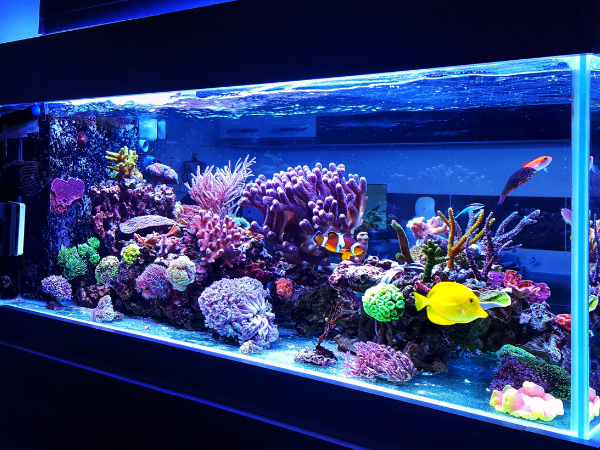
Aquatic Plants
Living plants are fundamental to aquascaping, providing oxygen, absorbing nutrients, and enhancing the visual appeal of the underwater landscape. Aquascapers select plant species based on growth habits, color, texture, and compatibility with their chosen set up.
Maintenance Tools
Aquascaping requires regular maintenance to keep the aquarium clean and healthy. Essential maintenance tools include aquarium scissors, tweezers, algae scrubbers, siphons, and nets for trimming plants, removing debris, and performing water changes.
Aquarium Tank
The foundation of any aquascape, the tank provides the canvas for the underwater environment. Tanks come in various sizes and shapes, allowing aquascapers to choose one that suits their vision and space constraints.
Substrate
A crucial component for plant growth and anchoring hardscape elements, substrate options include nutrient-rich soil, gravel, sand, or specialized aquascaping substrates designed to support plant roots and promote healthy growth.
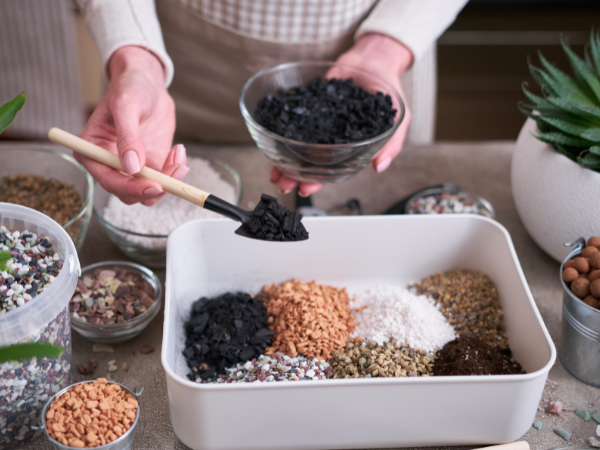
Water Quality Testing Kits
Regular testing of water parameters such as pH, ammonia, nitrite, nitrate, and carbonate hardness is essential for monitoring the health and stability of the aquascape ecosystem. SJ Wave 7-in-1 Aquarium Test Strips and SJ Wave Ammonia Test Strips are the perfect tools to enable aquascapers to make informed adjustments to water parameters as needed.
By combining these elements and tools with creativity, patience, and attention to detail, aquascapers can transform ordinary aquariums into breathtaking underwater landscapes that inspire awe and admiration.
Importance of Quality Testing
In aquascaping, ensuring quality water and conducting regular water testing are paramount for maintaining the health of aquatic life, promoting lush plant growth, preventing algae outbreaks, stabilizing the ecosystem, and ensuring long-term success. Quality water provides essential nutrients for plants and a conducive environment for aquatic inhabitants, while water testing allows aquascapers to detect and address any imbalances or issues promptly, thus preserving the beauty and vitality of the aquascape over time.
Conclusion
As passionate aquascapers, we understand the importance of maintaining a healthy and thriving aquatic environment. That's why we urge you to take action and prioritize the quality of your aquarium water. By investing in reliable water test kits and regularly monitoring key parameters such as pH, ammonia, nitrite, and nitrate levels, you can safeguard the well-being of your aquatic inhabitants and ensure the longevity of your aquascape masterpiece. Don't wait until problems arise; proactive testing empowers you to identify and address issues before they escalate, preserving the beauty and balance of your underwater world. Visit the SJ Wave website and find out more about their easy-to-use and reliable test kits for different types of water sources.


